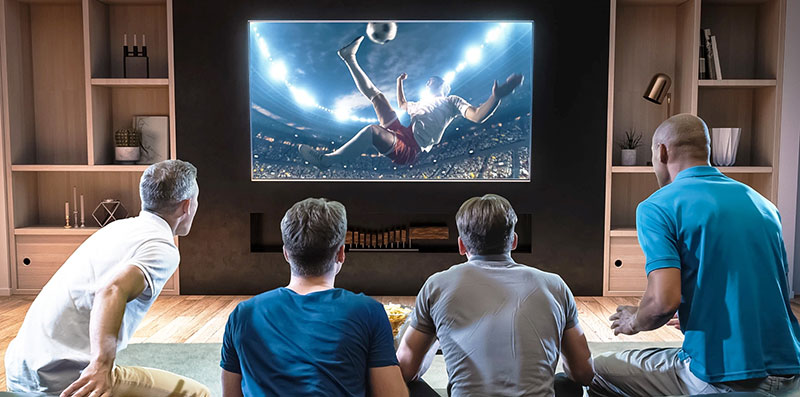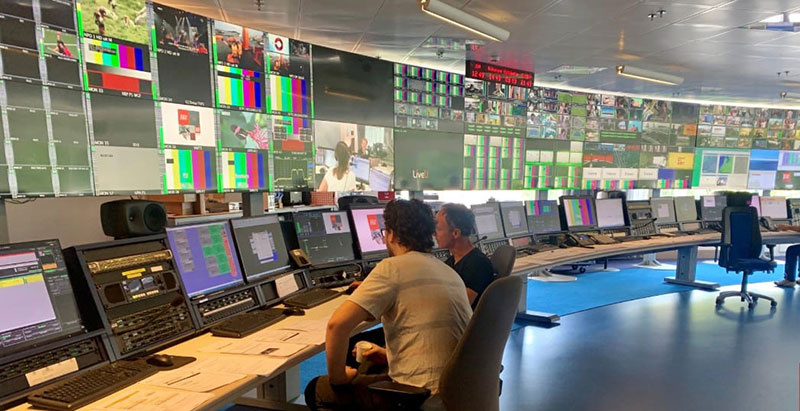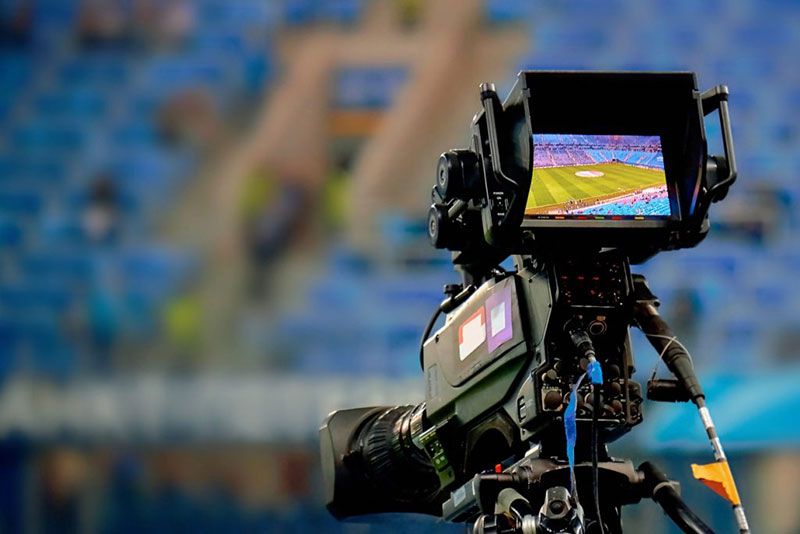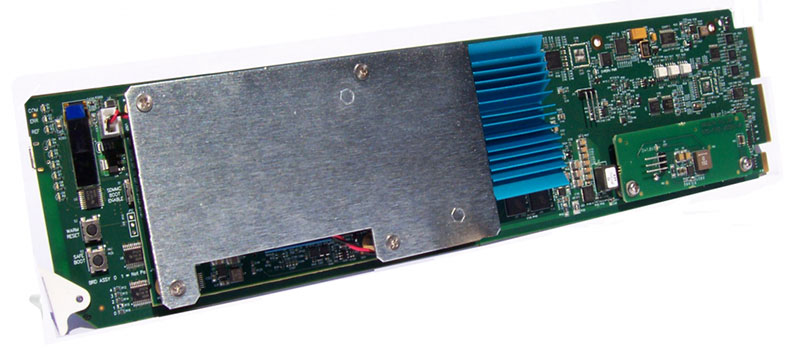For mass adoption of HDR to happen, consumer electronics, content creation, production and broadcast must align and synchronise to deliver the rich experiences consumers demand.

In this article, Tony Bozzini from Advanced HDR by Technicolor and Alfred Chan of MediaTek talk about the growth of high dynamic range (HDR) in consumer electronics manufacturing, and what is now required from content creators, producers and broadcasters to support those efforts.
According to Alfred, vice president of TV BU, Smart Home Business Group at MediaTek, HDR has become an essential feature for TV manufacturers today, and notes that broadcasters in the US are adopting and implementing the tools and processes required to deliver HDR content to viewers. MediaTek currently sells TV SoCs to 95% of all retail TV brands sold at major retailers around the world.
Tony, head of business development for Advanced HDR by Technicolor, describes how the industry is addressing the challenge of supporting HDR viewing on several fronts at once – especially for live outdoor sports. Advanced HDR by Technicolor believes that, for mass adoption of HDR to happen, an interconnected environment of industries and businesses – consumer electronics, content creation, production and broadcasting – will need to be aligned and synchronised to deliver the complex, layered experiences today’s consumers are looking for and starting to expect.
Interconnected Environment

These trends are leading System-on-Chip (SoC) manufacturers to speed up the development of chipsets that support HDR – the underlying components making it possible to deliver rich experiences to consumer devices. As more broadcasters and TV manufacturers integrate HDR into their products and transition from an existing installed base of standard dynamic range (SDR) to operations dominated by HDR, both Tony and Alfred see SoC providers as an important bridge into wider HDR adoption.
“Beyond the video quality, HDR has become essential for TV manufacturers today that want to bring meaningful innovations to consumers and households around the world. That is why the top-performing, and often the most expensive, TVs today are HDR TVs,” said Alfred.
“It has been encouraging to see how, in turn, the rest of the industry is rising to the challenge of making HDR content available for these TV sets. Broadcasters like Sinclair Broadcast Group in the US are bringing over-the-air content, especially live sports, to consumers in HDR. At the same time, MediaTek is committed to making it possible to present HDR correctly on TV sets that support this format for immersive viewing,” he said.
ATSC 3.0 and HDR
In the past year and a half, broadcasters aiming to compete more effectively with streaming providers have made considerable progress by deploying the ATSC 3.0 standards that support HDR. In April 2021, for instance, the first affiliate NBC station to broadcast in HDR – another Sinclair Broadcast Group affiliate, in Las Vegas -- went live. Based on its success, Sinclair has so far expanded HDR broadcasts to 28 stations across the US, and plans to double the number of HDR-capable stations by the end of 2022.

Advanced HDR by Technicolor, the result of a collaboration between Philips, InterDigital and Technicolor, is a suite of HDR production, distribution and display tools that is supported in the ATSC 3.0 standard. Technicolor’s tools use machine learning (ML) to make the most of the captured video image quality and enhance the HDR viewing experience for consumers.
The system is based on two critical elements. The Intelligent Tone Management (ITM) tool is a dynamic real-time method of up-converting SDR content to HDR. It gives users the ability to manage contrast, brightness and colour saturation.
Single-layer HDR (SL-HDR), also a real-time tool, implements the ETSI SL-HDR standards to generate and deliver a single, consistent, high-quality broadcast stream. Dynamic and tunable, SL-HDR1 transforms HDR input streams into SDR-plus-metadata streams.
Meeting Consumer Demand

Tony Bozzini remarked that Sinclair Group’s moves toward HDR came as a response to consumer demand. He said, “Consumers who buy new TV sets that contain the embedded systems provided by companies like MediaTek are very aware of the elevated viewing experience offered by HDR. They get frustrated when they don’t have the content to support this experience. The work of broadcasters like Sinclair, shows the demand for HDR content is beginning to be met.
Simultaneously, broadcasters must still meet the needs of the large installed base of TVs that only support SDR. The backward compatibility features of Advanced HDR by Technicolor make it possible for consumers who do not have HDR devices to view very high-quality SDR material.
“Sinclair is one of the most active and assertive players to bring Advanced HDR by Technicolor to market. It means that Sinclair can implement a strategy across the country that includes a path to HDR in the future, while supporting the current embedded presence of SDR-only capable TVs that are still in the market,” Tony said.
Live Sports Opportunity
As an area that still is mostly dominated by the broadcast community, live outdoor sports events are a good opportunity for HDR application. Remarking on Sinclair’s recent decision to broadcast Bally Sports Network and the Tennis Channel live in Advanced HDR by Technicolor, Tony described the practical reasons for this move. An aspect of live outdoor events that continues to frustrate broadcasters are the lighting shifts that occur throughout the day, casting shadows that create challenges for conventional SDR equipmentto clearly capture the action on the field.

Cobalt Digital's 9904-UDX-4K card is built with Advanced HDR by Technicolor
Adaptive functionality embedded in Advanced HDR by Technicolor optimise images in real time. It automatically adjusts and corrects large shifts in lighting over the course of the broadcasts, and also removes limitations imposed by static converters that restrict the creative options available to video engineers.
Sinclair has incorporated Advanced HDR by Technicolor into production-truck equipment offered by companies like Cobalt Digital, which uses machine learning to automatically recognise light quality changes and then deliver a single, consistent stream of SDR and HDR images. As well as better-looking images, visual improvements like these are expected to make HDR-equipped TV-sets even more appealing to consumers. advancedhdrbytechnicolor.com




